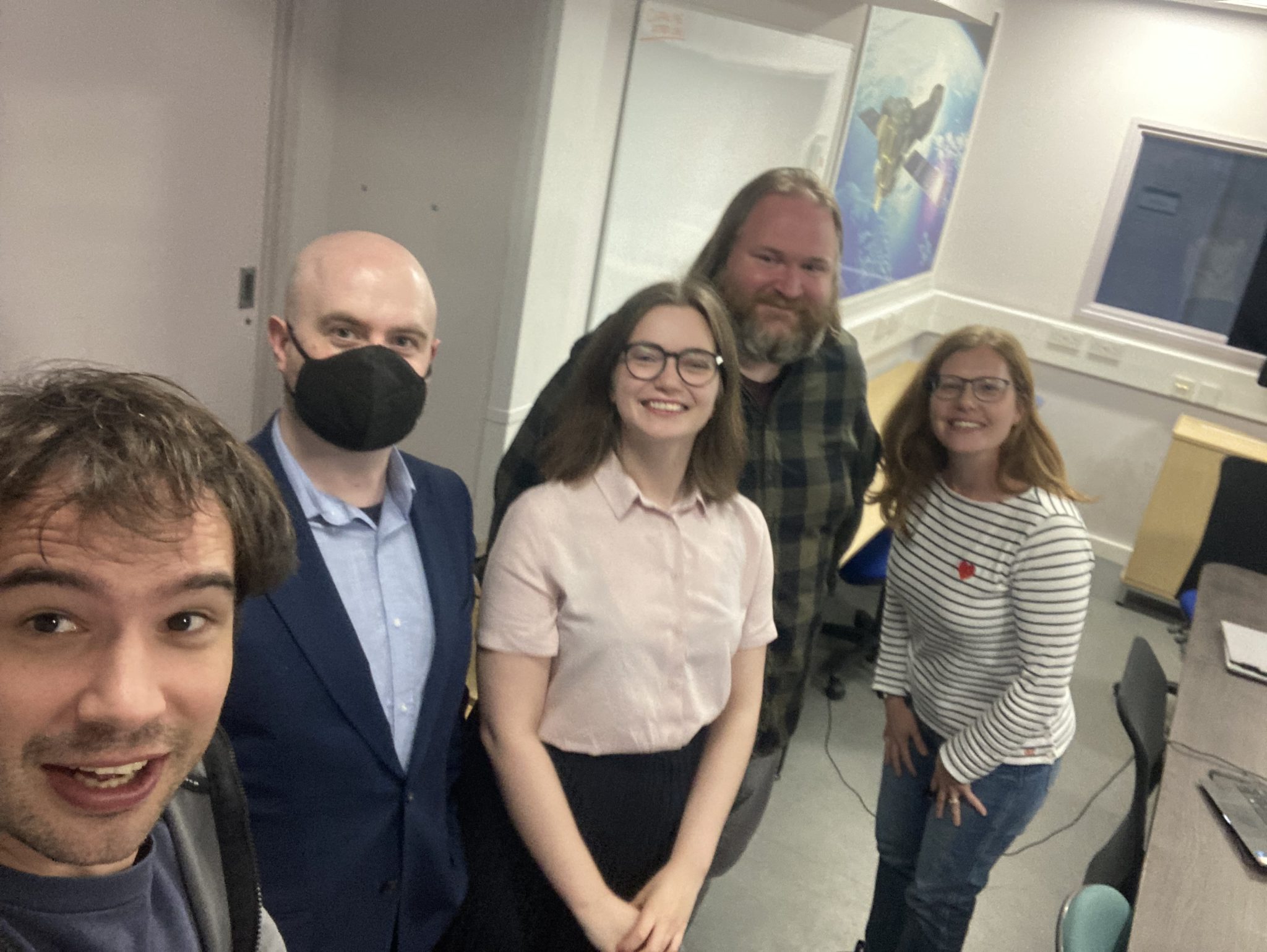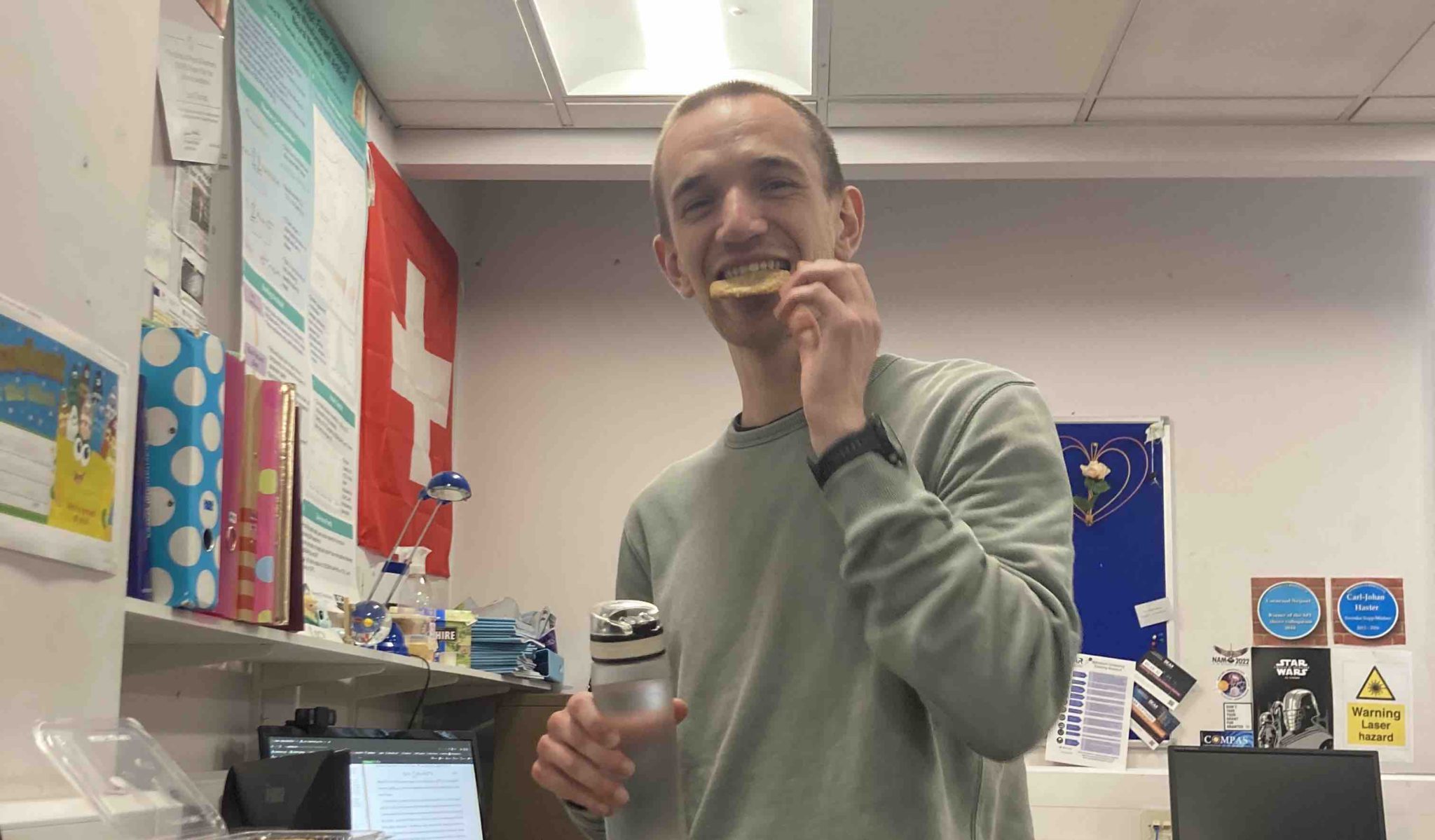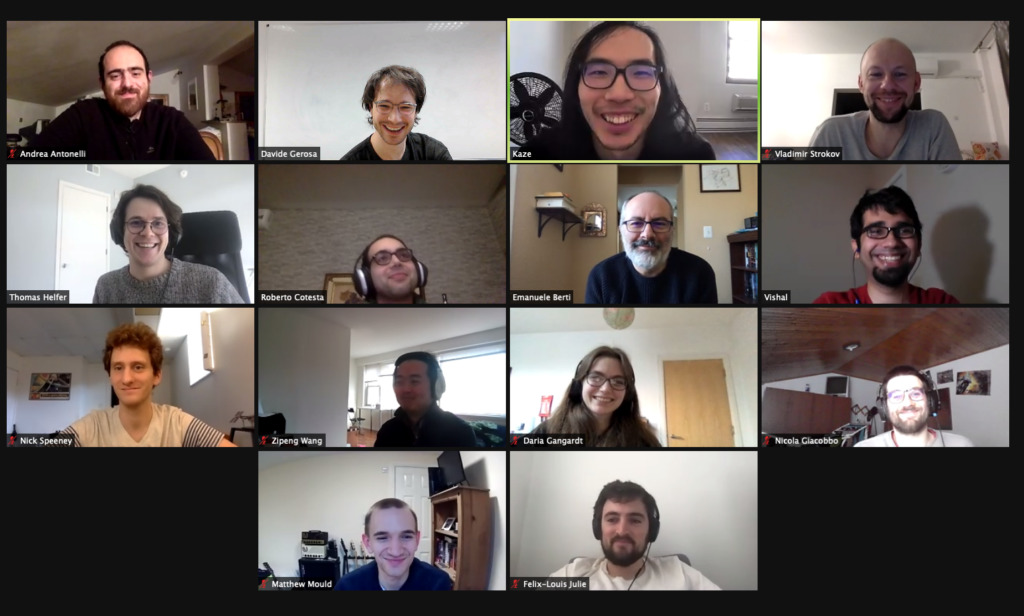The Institute for Gravitational Wave Astronomy at the University of Birmingham, UK, invites applications for postdoctoral positions.
The Institute provides a vibrant and diverse environment with expertise covering theoretical and experimental gravitational-wave research, with applications to present and future-generation detectors, theoretical astrophysics, transient astronomy, gravitational-wave source modeling, and general relativity theory. Applications from top researchers in all areas related to gravitational-wave and transient astronomy are encouraged.
Institute faculty members include Andreas Freise, Davide Gerosa, Denis Martynov, Haixing Miao, Christopher Moore, Conor Mow-Lowry, Matt Nicholl, Patricia Schmidt, Silvia Toonen, and Alberto Vecchio.
One postdoctoral appointment is funded by the UK Leverhulme Trust (PI Dr. Davide Gerosa) and is focused on developing astrophysical and statistical predictions for the LISA space mission. The successful candidate will have ample opportunities to explore other areas of gravitational-wave astronomy as well.
Appointments will be for a three-year term starting in the Fall of 2020 and come with generous research and travel budget.
Applications should include a CV with a list of publications, and a two-page statement covering research interests and plans. Complete applications should be received by 27 January 2020 for full consideration. Applications should be sent to Ms. Joanne Cox at: [email protected].
Applicants should also arrange for 3 reference letters to be sent by 27 January 2020 to the same email address.
For further information and informal inquiries please contact Dr. Davide Gerosa ([email protected]) and Prof. Alberto Vecchio ([email protected]).



